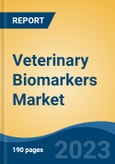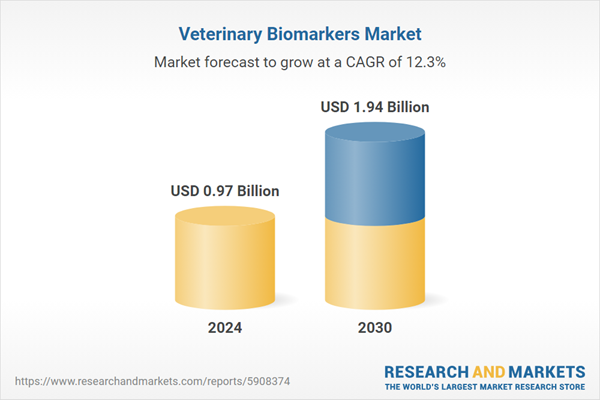Speak directly to the analyst to clarify any post sales queries you may have.
10% Free customizationThis report comes with 10% free customization, enabling you to add data that meets your specific business needs.
Key Market Drivers
Rising Prevalence of Animal Diseases and Zoonotic Infections
The rising prevalence of animal diseases and zoonotic infections is a critical factor driving the growth of the Global Medical Scheduling Software Market. Globally, zoonotic diseases account for approximately one billion illness cases and millions of fatalities annually. Zoonoses comprise 60% of all newly emerging infectious diseases, underscoring their significant public health impact.Over the past 30 years, more than 30 novel human pathogens have been identified, with 75% originating from animals, highlighting the critical need for enhanced disease surveillance, veterinary healthcare advancements, and cross-sectoral collaboration to mitigate the risks of animal-to-human transmission. As veterinary clinics, hospitals, research centers, and government agencies strive to manage the increasing burden of infectious and chronic diseases in animals, the demand for efficient appointment scheduling, resource allocation, and workflow optimization is escalating. Below is an in-depth analysis of how the growing incidence of animal-related diseases is fueling the expansion of medical scheduling software in the veterinary and broader healthcare sectors.
Key Market Challenges
Validation and Standardization
Validating and standardizing biomarker assays for veterinary use is essential for ensuring accuracy and reliability. Establishing consistent standards and methodologies is challenging due to the diversity of animal species, breeds, and health conditions. This lack of standardization can hinder the widespread adoption of biomarker-based diagnostics and treatments.Key Market Trends
Rise of Point-of-Care Diagnostics
Point-of-care diagnostics are revolutionizing veterinary medicine by providing rapid and on-site testing capabilities. These portable and user-friendly devices allow veterinarians to perform biomarker-based tests right in the clinic, enabling quicker diagnoses and immediate treatment decisions. The convenience of point-of-care testing is expected to drive its adoption in veterinary practices.Key Market Players
- Zoetis Inc.
- Virbac SA
- Life Diagnostics Inc
- Acuvet Biotech
- Merck & Co., Inc.
- IDEXX Laboratories, Inc.
- Mercodia AB
- Antech Diagnostics Inc
Report Scope:
In this report, the Global Veterinary Biomarkers Market has been segmented into the following categories, in addition to the industry trends which have also been detailed below:Veterinary Biomarkers Market, By Animal Type:
- Companion Animals
- Production Animals
Veterinary Biomarkers Market, By Product Type:
- Biomarkers
- Kits & Reagents
- Biomarker Readers
Veterinary Biomarkers Market, By Application:
- Disease Diagnostics
- Preclinical Research
- Others
Veterinary Biomarkers Market, By Disease Type:
- Inflammatory & Infectious Diseases
- Cardiovascular Diseases
- Skeletal Muscle Diseases
- Tumor
- Others
Veterinary Biomarkers Market, By Region:
- North America
- United States
- Canada
- Mexico
- Europe
- Germany
- United Kingdom
- France
- Italy
- Spain
- Asia-Pacific
- China
- Japan
- India
- Australia
- South Korea
- South America
- Brazil
- Argentina
- Colombia
- Middle East & Africa
- South Africa
- Saudi Arabia
- UAE
- Kuwait
Competitive Landscape
Company Profiles: Detailed analysis of the major companies present in the Global Veterinary Biomarkers Market.Available Customizations:
With the given market data, the publisher offers customizations according to a company's specific needs. The following customization options are available for the report.Company Information
- Detailed analysis and profiling of additional market players (up to five).
This product will be delivered within 1-3 business days.
Table of Contents
Companies Mentioned
- Zoetis Inc.
- Virbac SA
- Life Diagnostics Inc
- Acuvet Biotech
- Merck & Co., Inc.
- IDEXX Laboratories, Inc.
- Mercodia AB
- Antech Diagnostics Inc
Table Information
| Report Attribute | Details |
|---|---|
| No. of Pages | 185 |
| Published | February 2025 |
| Forecast Period | 2024 - 2030 |
| Estimated Market Value ( USD | $ 0.97 Billion |
| Forecasted Market Value ( USD | $ 1.94 Billion |
| Compound Annual Growth Rate | 12.3% |
| Regions Covered | Global |
| No. of Companies Mentioned | 8 |









